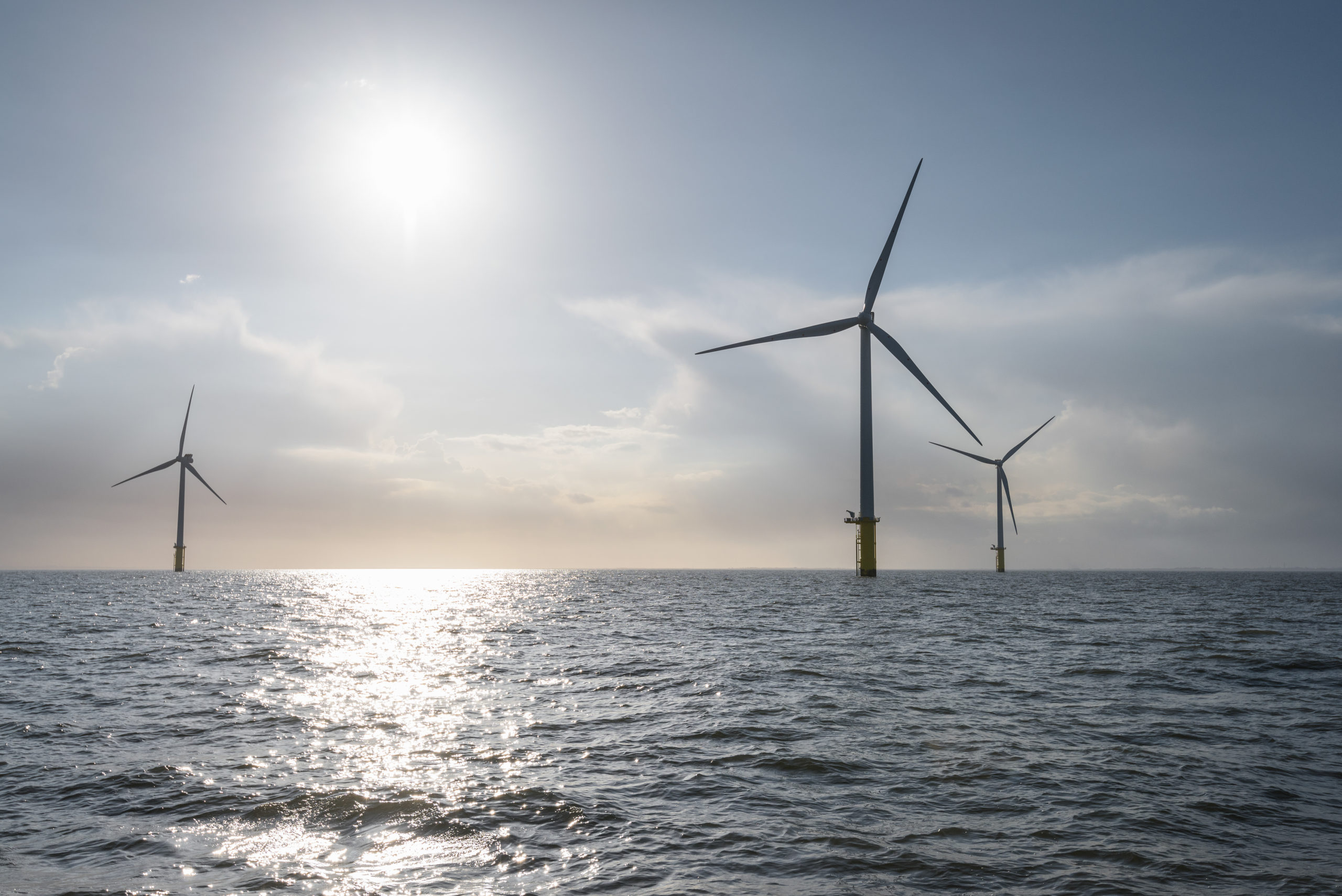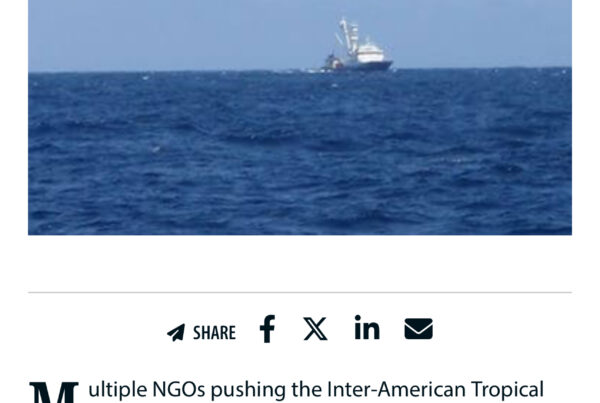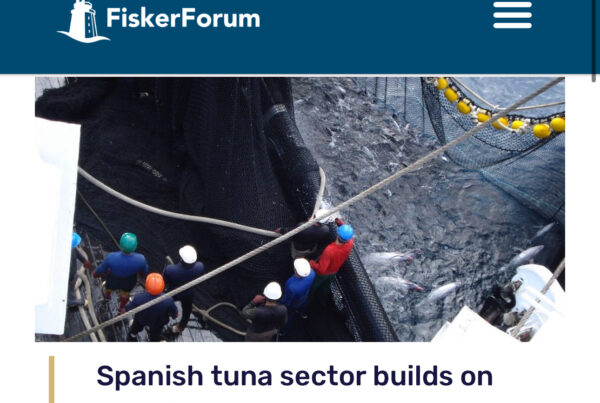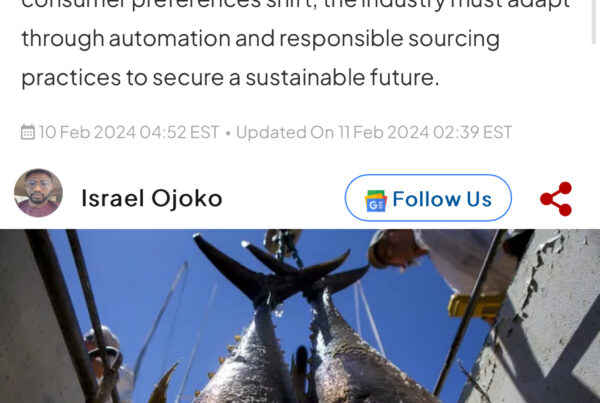The Biden administration is fast-tracking offshore wind development. They have made a commitment to have ocean wind farm installations that can produce 30 gigawatts of energy by 2030. A tremendous amount of pressure is currently on Bureau of Ocean Energy Management “BOEM” to issue leases, because without the lease issuance, there is no way to make the deadline and deliver on the political promise.
The commercial and recreational fishing industries are not against offshore renewable energy development, we are against losing our livelihoods to accommodate wind farms. There are significant secondary and tertiary concerns that are not being considered which evidence the complete lack of understanding about the complexities of our west coast fisheries and the coastal economies that they support. The effects of offshore development and OSW arrays on protected species (birds, marine mammals, salmonids) are not known and need to be carefully analyzed. It is also highly likely that critically important federal and state research programs will be disrupted because OSW arrays are sited across research transect lines; the integrity of these research time series are important to the sustainable management of west coast fisheries.
Several themes arose at the February 25th BOEM OR Task Force meeting and were expressed across sectors including from the fishing industry, e-NGOs (including the Surfrider Foundation and local Audubon chapters), recreational users, local governments, and BOEM OR Task Force members:
1. Slow down the process; provide more time to collect and analyze data.
2. Conduct a comprehensive, Programmatic EIS upfront before the wind energy areas are defined, leases are auctioned off, and siting is done – there is not enough environmental and socio-economic information currently being considered to support moving the call areas forward.
3. A large and diverse set of stakeholders provided input to BOEM over the last 18 months and it appears by the proposed call areas that the information and feedback was largely ignored because of the obvious impacts these areas will have to fisheries and coastal communities.
4. Who will use and benefit from the OSW energy produced at these sites? Who will buy this energy (Oregonians)? Will the energy be affordable?



